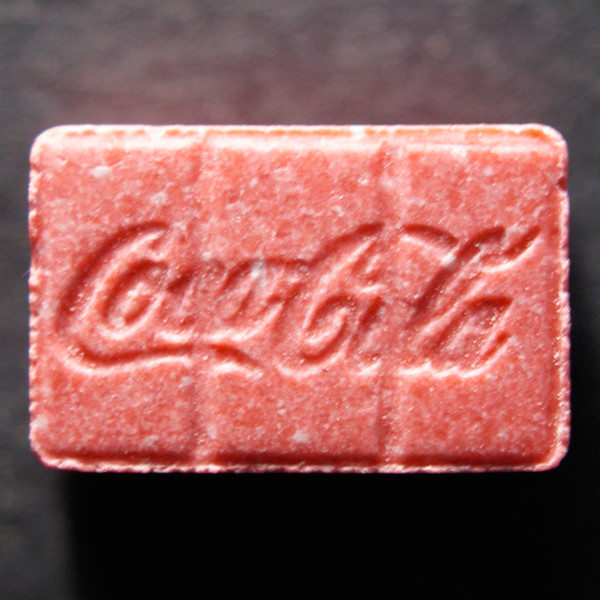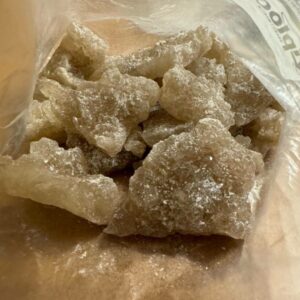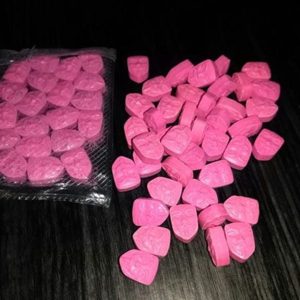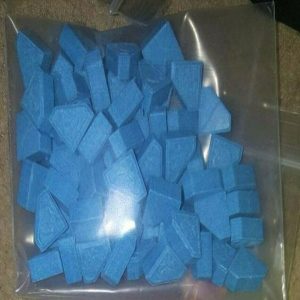Coca Cola MDMA: The Unlikely Connection Between Two Iconic Names
The connection between Coca Cola and MDMA might seem unconventional at first glance, yet the intersection of these two renowned entities illuminates the evolution of consumer experiences and contemporary culture. As we delve deeper into the intriguing history and cultural significance of Coca Cola MDMA, we can better understand how ingredients, branding, and social dynamics have intertwined over the years.
A Historical Perspective on Coca Cola
Coca Cola, founded in 1886, originally served as a medicinal tonic, promising to rejuvenate and invigorate consumers. Its creator, John Pemberton, formulated the drink with a variety of ingredients, including coca leaf extract and caffeine-rich kola nuts. Early marketing emphasized the beverage’s alleged health benefits. However, as consumer needs shifted, Coca Cola evolved from a medicinal remedy to a beloved soft drink.
Over the decades, its branding has transformed dramatically, embracing nostalgia while adapting to modern trends. Major marketing campaigns have introduced slogans, mascots, and limited-edition flavors that resonate with different generations. This adaptability has been essential in maintaining its relevance in an ever-changing market landscape.
The Rise of MDMA: Ecstasy in Modern Culture
MDMA, or 3,4-methylenedioxymethamphetamine, commonly known as ecstasy, emerged as a substance associated with the rave culture of the late 20th century. Initially synthesized in 1912, its psychoactive effects were largely unknown until the 1970s when it gained popularity for recreational use. MDMA is famed for producing feelings of empathy, emotional connection, and euphoria, making it a staple in nightlife and festival scenes.
The drug’s cultural resonance cannot be overstated. It has appeared in music, art, and social gatherings, influencing not just personal experiences but also broader cultural movements. The intertwining narratives of MDMA with community and connection exemplify its impact on modern society.
Bridging the Gap: Coca Cola MDMA in Popular Culture
Coca Cola MDMA has found itself at the crossroads of these two seemingly disparate worlds. The intriguing notion that Coca Cola could be linked with something as controversial as MDMA invites discourse on consumer culture and the evolution of substances. While Coca Cola has not directly embraced MDMA—an important distinction—it represents a facet of societal exploration in the realms of pleasure and refreshment.
In various forms of media, the concept of Coca Cola MDMA emerges as a symbol of the convergence of mainstream brands and subcultures. Much like Coca Cola itself, MDMA embodies a pursuit of joy and community. As people yearn for new ways to connect with one another, the playful juxtaposition of these two phenomena evokes curiosity and conversation.
The Future of Coca Cola MDMA: Culture and Identity
As we consider the implications of merging these identities, we must recognize the ongoing evolution of consumer products and societal norms. The younger generations are leaning towards experiences that prioritize connection and well-being. This motivated shift implies that brands—like Coca Cola—must adapt their identities to resonate more deeply with their consumers.
Moreover, the idea of Coca Cola MDMA today raises questions about the responsibility of brands in shaping cultural narratives. As Coca Cola explores new ingredients and formulas, we can anticipate potential collaborations or campaigns that might explore themes of community and experiential enjoyment, reflecting the ethos of the MDMA culture in a creative and engaging way.
Conclusion: A Creative Intersection of Two Icons
In summary, the concept of Coca Cola MDMA bridges historical significance, cultural exploration, and modern identity. While Coca Cola has its roots in medicinal remedies, and MDMA embodies a lifestyle marked by expression and connection, the interplay between them invites dialogue about consumption, experience, and societal transformation. By understanding the narratives woven through Coca Cola and MDMA, we gain valuable insight into how consumers navigate joy, identity, and the quest for community. As we look ahead, the potential for innovative intersections between traditional brands and contemporary subcultures suggests a future filled with intriguing possibilities.






Rezensionen
Es gibt noch keine Rezensionen.